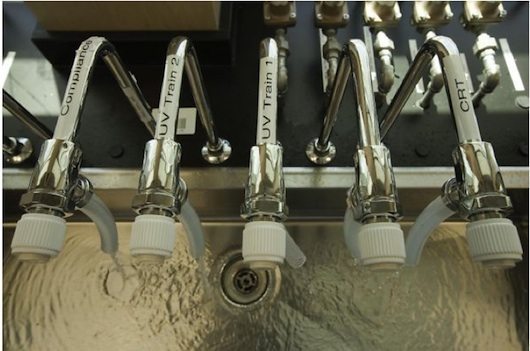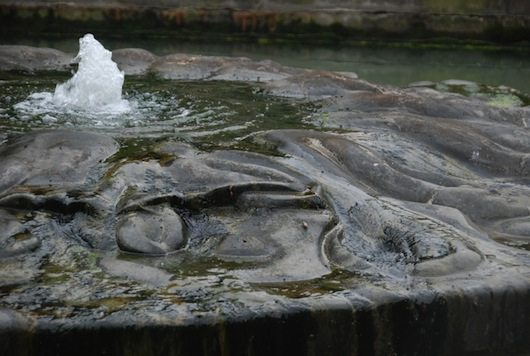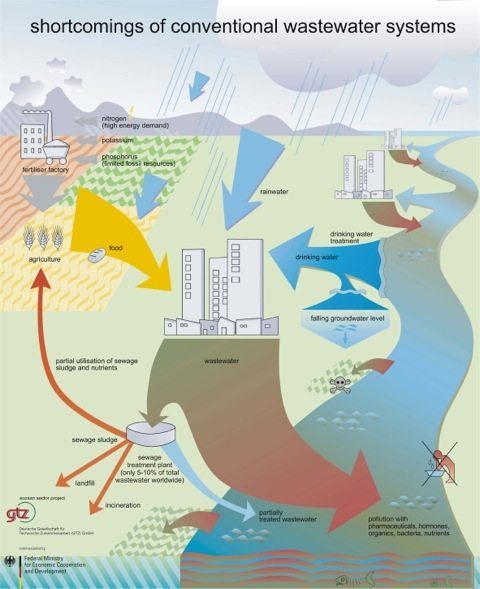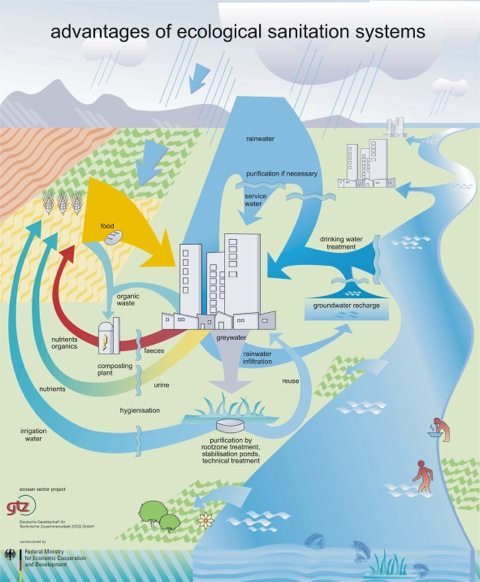In This Issue
-
Jourdan Imani Keith ● Your Body
-
Jackie Brookner ● Valuing Dirt + Water
-
Stacy Levy ● Working Earthworks

-
Daniela Corvillon ● Wastewater In Cuba
-
Linda Weintraub ● Tragedy of Wild Waters
-
Chris Drury ● Heart of Reeds
-
Betsy Damon ● 25 Years On Water
-
Basia Irland ● The Ecology Of Reverence
-
Suzon Fuks ● Waterwheel, Women & Collaboration
-
Susan Leibovitz Steinman ● DIRTY WATER
WEAD MAGAZINE ISSUE #6—DIRTY WATER
Guest Editorial Consultant Dr. Elizabeth Dougherty
Assistant Editor Krystle Ahmadyar
FEATURED ARTIST
This issue proudly honors BETSY DAMON, a first-generation feminist performance artist and influential environmental art role model. From China to Pittsburg, she has made significant contributions to the art and understanding of remediating water for three+ decades. Sharing expertise, she founded the “Keepers of the Waters”—an artist-run nonprofit that helps other artists and communities create their own local water saving projects.
ESSAYISTS
Social justice activist JOURDAN IMANI KEITH—a charismatic poet and spoken word artist, voices a visceral personal connection to water as an intimate living ecosystem that sustains us internally and externally.
STACY LEVY is known for visually arresting public artworks that combine the clarity of maps and diagrams, the pragmatism of environmental science, and a deep sense of site. She hopes to affect wonder and surprise, while illuminating hidden urban infrastructure systems.
JACKIE BROOKNER brings plant-based water remediation for parks, rivers, and wetlands together with habitat restoration, landscape sculpture, and active community collaboration. She creates evocative public places where people can connect with natural systems essential to supporting life.
British artist CHRIS DRURY relates his multi-year experience of working with a land trust and public input to create a wild “Heart of Reeds.” A dynamic living sculpture Drury’s “Heart” has increased the biodiversity of old railway land that has been left to “return” to nature,
Art writer-curator LINDA WEINTRAUB brings a broad, global perspective. Well-known for her art theory textbooks, (including To Life! Eco Art in Pursuit of a Sustainable Planet) Weintraub writes on three projects by four international artists: Nigerian artist Bright Ugochukwu Eke, Chinese artist Yun-Fei Ji, and the Swiss team of Gerda Steiner and Jorg Lenzlinger.
Chilean architect DANIELA CORVILLION has been traveling for several years to the city of Palma Soriano, Cuba to assist an on-going community based wastewater treatment project designed to combat garbage dumped in an essential local river. One of her collaborators is ENNEGRO, an Afro Haitian environmental art group that works to construct a sacred relationship between ecology and cultural religion.
COMMENTATORS
For our op ed column “On My Mind”, esteemed artist-poet-writer-educator BASIA IRLAND laments the enormous growing litany of disease-borne pollutants spreading throughout the world’s waterways. She seeks an “ecological reverence,” hoping to affect behavior to protect earth’s finite supply of clean water.
Originally from Belgium, Australian multimedia artist SUZON FUKS created “Waterwheel”–an online international site where people meet to share, present and perform about water across disciplines, cultures and ages. Open to all, Waterwheel sponsors a web-based annual global symposium. The next will be in March 2014. Suzon writes about Waterwheel, and some of the many artists it has brought together.

TUOLUMNE RIVER FILTRATION, Elizabeth Dougherty.
DIRTY WATER INTRODUCTION
By Dr. Elizabeth Dougherty
Guest Editorial Consultant
Wholly H2O, Founder/director
What has happened to us that we are so disconnected to the most basic and crucial element of our lives – water?
All life needs water to survive, but what are the basic facts of your own water source? Where is the watershed and what is in its water? What are beneficial minerals, and introduced pollutants? What are water-purifying chemicals; how do they work? What are laws about discharging waste into waterways? What happens to rainfall and storm water runoff? This knowledge (and more) is essential to making wiser choices about personal contributions to the relative health of planetary waters.
Today, earth’s six billion humans use 54% of all the accessible freshwater contained in rivers, lakes and underground aquifers. Over 1/4 billion humans currently live in river basins where water use exceeds minimum recharge levels, leading to the desiccation of rivers and depletion of groundwater. Water withdrawals are predicted to increase by 50% in 2025 in developing countries, and 18% in developed countries. Not only is water being withdrawn in alarming amounts, what’s more dangerous is what is returned to the water cycle is contaminated with poisons and pathogens.
Liquid, solid or gas, water on our planet is finite. In other words, the water you are drinking today is the same water that the dinosaurs drank. Now without appropriate levels of river flows, sufficient aquifer (underground water) storage, and the cleansing process of evapotranspiration (water evaporating from rivers, ground, oceans), all forms of life are threatened.
Humans cannot afford to continue to squander and abuse water sources. Without positive change, we endanger the future of life on earth.
This issue, Dirty Water, provides an introduction to a few of the many artists throughout the world, who combine hard science, human experience, and community building to create art to call attention to the water cycle, its importance, and it’s interruptions. Many employ bioremediation—nature’s own strategies to clean “dirty water”. All provide models to clean, repair and reconnect the cyclic bonds of water and life.
COMING IN LATE SPRING 2014:
ISSUE #7 — COMMUNITY BASED ECOART.
Essay proposals will be accepted from now through February 2014.
Write to: info@weadartists.org
Â



